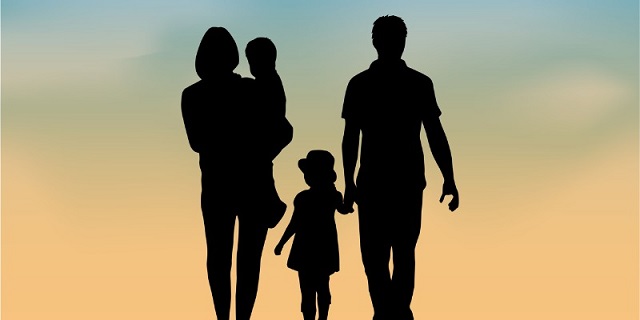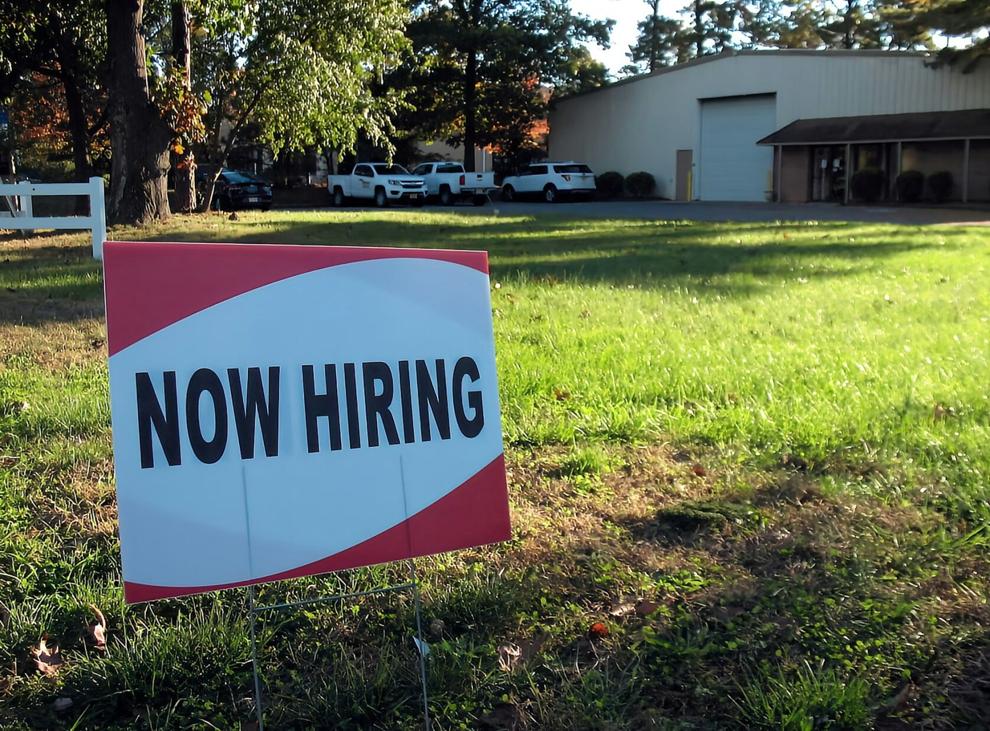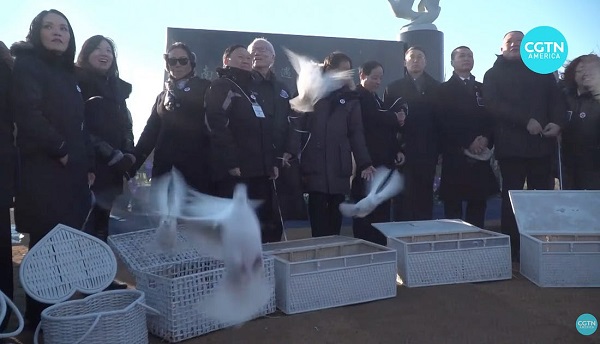Economy
Canada living standards falling behind rest of developed world

From the Fraser Institute
By Alex Whalen, Milagros Palacios, and Lawrence Schembri
On Canada Day, Deputy Prime Minister Chrystia Freeland proclaimed that “Canada is the best country in the world,” yet Canadians are getting poorer relative to their peers in many other countries and our living standards are falling. This trend is expected to continue well into the future, unless our policymakers make significant changes.
Economists often measure living standards by real gross domestic product (GDP) per person—in other words, the inflation-adjusted monetary value of what a country produces in goods and services divided by its population.
As noted in a new study published by the Fraser Institute, from 2002 to 2014, Canada’s GDP per-person growth roughly kept pace with the rest of the OECD. But from 2014 to 2022, the latest year of available comparable data, Canada’s annual average growth rate declined sharply, ranking third-lowest among 30 countries over the period. Consequently, in dollar terms, Canada’s GDP per person increased only $1,325 during this time period, compared to the OECD average increase of $5,070 (all values in 2015 U.S. dollars).
Moreover, between 2014 and 2022, Canada’s GDP per person declined from 80.4 per cent of the U.S. level to 72.3 per cent, and lost substantial ground to key allies and trading partners such as the United Kingdom, New Zealand and Australia.
And according to OECD projections, Canada will have the lowest projected average annual growth rate of GDP per person (at 0.78 per cent) from 2030 to 2060 when our GDP per person will be below the OECD average by $8,617. This represents a swing of more than $11,000 from where it was in 2002.
Why is this happening?
Several reasons, including historically weak business investment over the past decade, a substantial shift in the composition of permanent and temporary immigrants towards those with less education and fewer skills, and subdued technological innovation and adoption. These factors have combined to produce very low or negative labour productivity growth due to weak growth in the education and skills of the average worker and the amount of capital (namely plant, machinery and equipment) per worker.
While most advanced countries are experiencing similar trends, the situation in Canada is among the worst. Consequently, our relative decline in living standards grows exponentially because Canada’s poor performance compounds over time.
To break out of this rut and prevent this further decline in Canada’s living standards relative to our peers, policymakers must enact comprehensive and bold policy changes to encourage business investment and innovation, promote worker education and training, and achieve better immigration outcomes where more is not always better.
As a starting point, governments should improve the climate for business investment and for investment in education and training by streamlining regulation and major project approvals and reducing current and expected future tax burdens on firms and workers.
Levels of government debt and debt interest costs are approaching thresholds of unsustainability not seen since the 1990s. Governments, including the federal government, must exercise spending restraint to put their finances on a more sustainable path to mitigate the “crowding out” effects of government spending and debt in private markets, and thereby promote private investment. In addition, policies that liberalise intra-provincial and international trade and foster more competition, especially in key industries (e.g. transportation, communication, finance) would help boost investment, productivity and living standards.
Because GDP per person is so closely connected to incomes and living standards, Canada’s decline relative to our peer countries on this key metric should concern all Canadians. Given Canada’s projected continued poor performance, our country needs a major series of policy reforms to avoid further declines in living standards.
Authors:
Business
Socialism vs. Capitalism

People criticize capitalism. A recent Axios-Generation poll says, “College students prefer socialism to capitalism.”
Why?
Because they believe absurd myths. Like the claim that the Soviet Union “wasn’t real socialism.”
Socialism guru Noam Chomsky tells students that. He says the Soviet Union “was about as remote from socialism as you could imagine.”
Give me a break.
The Soviets made private business illegal.
If that’s not socialism, I’m not sure what is.
“Socialism means abolishing private property and … replacing it with some form of collective ownership,” explains economist Ben Powell. “The Soviet Union had an abundance of that.”
Socialism always fails. Look at Venezuela, the richest country in Latin America about 40 years ago. Now people there face food shortages, poverty, misery and election outcomes the regime ignores.
But Al Jazeera claims Venezuela’s failure has “little to do with socialism, and a lot to do with poor governance … economic policies have failed to adjust to reality.”
“That’s the nature of socialism!” exclaims Powell. “Economic policies fail to adjust to reality. Economic reality evolves every day. Millions of decentralized entrepreneurs and consumers make fine tuning adjustments.”
Political leaders can’t keep up with that.
Still, pundits and politicians tell people, socialism does work — in Scandinavia.
“Mad Money’s Jim Cramer calls Norway “as socialist as they come!”
This too is nonsense.
“Sweden isn’t socialist,” says Powell. “Volvo is a private company. Restaurants, hotels, they’re privately owned.”
Norway, Denmark and Sweden are all free market economies.
Denmark’s former prime minister was so annoyed with economically ignorant Americans like Bernie Sanders calling Scandanavia “socialist,” he came to America to tell Harvard students that his country “is far from a socialist planned economy. Denmark is a market economy.”
Powell says young people “hear the preaching of socialism, about equality, but they don’t look on what it actually delivers: poverty, starvation, early death.”
For thousands of years, the world had almost no wealth creation. Then, some countries tried capitalism. That changed everything.
“In the last 20 years, we’ve seen more humans escape extreme poverty than any other time in human history, and that’s because of markets,” says Powell.
Capitalism makes poor people richer.
Former Rep. Jamaal Bowman (D-N.Y.) calls capitalism “slavery by another name.”
Rep. Alexandria Ocasio-Cortez (D-N.Y.) claims, “No one ever makes a billion dollars. You take a billion dollars.”
That’s another myth.
People think there’s a fixed amount of money. So when someone gets rich, others lose.
But it’s not true. In a free market, the only way entrepreneurs can get rich is by creating new wealth.
Yes, Steve Jobs pocketed billions, but by creating Apple, he gave the rest of us even more. He invented technology that makes all of us better off.
“I hope that we get 100 new super billionaires,” says economist Dan Mitchell, “because that means 100 new people figured out ways to make the rest of our lives better off.”
Former Labor Secretary Robert Reich advocates the opposite: “Let’s abolish billionaires,” he says.
He misses the most important fact about capitalism: it’s voluntary.
“I’m not giving Jeff Bezos any money unless he’s selling me something that I value more than that money,” says Mitchell.
It’s why under capitalism, the poor and middle class get richer, too.
“The economic pie grows,” says Mitchell. “We are much richer than our grandparents.”
When the media say the “middle class is in decline,” they’re technically right, but they don’t understand why it’s shrinking.
“It’s shrinking because more and more people are moving into upper income quintiles,” says Mitchell. “The rich get richer in a capitalist society. But guess what? The rest of us get richer as well.”
I cover more myths about socialism and capitalism in my new video.
Business
Residents in economically free states reap the rewards

From the Fraser Institute
A report published by the Fraser Institute reaffirms just how much more economically free some states are compared with others. These are places where citizens are allowed to make more of their economic choices. Their taxes are lighter, and their regulatory burdens are easier. The benefits for workers, consumers and businesses have been clear for a long time.
There’s another group of states to watch: “movers” that have become much freer in recent decades. These are states that may not be the freest, but they have been cutting taxes and red tape enough to make a big difference.
How do they fare?
I recently explored this question using 22 years of data from the same Economic Freedom of North America index. The index uses 10 variables encompassing government spending, taxation and labour regulation to assess the degree of economic freedom in each of the 50 states.
Some states, such as New Hampshire, have long topped the list. It’s been in the top five for three decades. With little room to grow, the Granite State’s level of economic freedom hasn’t budged much lately. Others, such as Alaska, have significantly improved economic freedom over the last two decades. Because it started so low, it remains relatively unfree at 43rd out of 50.
Three states—North Carolina, North Dakota and Idaho—have managed to markedly increase and rank highly on economic freedom.
In 2000, North Carolina was the 19th most economically free state in the union. Though its labour market was relatively unhindered by the state’s government, its top marginal income tax rate was America’s ninth-highest, and it spent more money than most states.
From 2013 to 2022, North Carolina reduced its top marginal income tax rate from 7.75 per cent to 4.99 per cent, reduced government employment and allowed the minimum wage to fall relative to per-capita income. By 2022, it had the second-freest labour market in the country and was ninth in overall economic freedom.
North Dakota took a similar path, reducing its 5.54 per cent top income tax rate to 2.9 per cent, scaling back government employment, and lowering its minimum wage to better reflect local incomes. It went from the 27th most economically free state in the union in 2000 to the 10th freest by 2022.
Idaho saw the most significant improvement. The Gem State has steadily improved spending, taxing and labour market freedom, allowing it to rise from the 28th most economically free state in 2000 to the eighth freest in 2022.
We can contrast these three states with a group that has achieved equal and opposite distinction: California, Delaware, New Jersey and Maryland have managed to decrease economic freedom and end up among the least free overall.
What was the result?
The economies of the three liberating states have enjoyed almost twice as much economic growth. Controlling for inflation, North Carolina, North Dakota and Idaho grew an average of 41 per cent since 2010. The four repressors grew by just 24 per cent.
Among liberators, statewide personal income grew 47 per cent from 2010 to 2022. Among repressors, it grew just 26 per cent.
In fact, when it comes to income growth per person, increases in economic freedom seem to matter even more than a state’s overall, long-term level of freedom. Meanwhile, when it comes to population growth, placing highly over longer periods of time matters more.
The liberators are not unique. There’s now a large body of international evidence documenting the freedom-prosperity connection. At the state level, high and growing levels of economic freedom go hand-in-hand with higher levels of income, entrepreneurship, in-migration and income mobility. In economically free states, incomes tend to grow faster at the top and bottom of the income ladder.
These states suffer less poverty, homelessness and food insecurity and may even have marginally happier, more philanthropic and more tolerant populations.
In short, liberation works. Repression doesn’t.
-

 armed forces2 days ago
armed forces2 days agoOttawa’s Newly Released Defence Plan Crosses a Dangerous Line
-

 espionage2 days ago
espionage2 days agoCarney Floor Crossing Raises Counterintelligence Questions aimed at China, Former Senior Mountie Argues
-

 Health2 days ago
Health2 days agoAll 12 Vaccinated vs. Unvaccinated Studies Found the Same Thing: Unvaccinated Children Are Far Healthier
-

 Energy2 days ago
Energy2 days ago75 per cent of Canadians support the construction of new pipelines to the East Coast and British Columbia
-

 Opinion2 days ago
Opinion2 days agoPope Leo XIV’s Christmas night homily
-

 armed forces2 days ago
armed forces2 days agoRemembering Afghanistan and the sacrifices of our military families
-

 Fraser Institute22 hours ago
Fraser Institute22 hours agoCarney government sowing seeds for corruption in Ottawa
-

 Daily Caller21 hours ago
Daily Caller21 hours agoWhile Western Nations Cling to Energy Transition, Pragmatic Nations Produce Energy and Wealth









